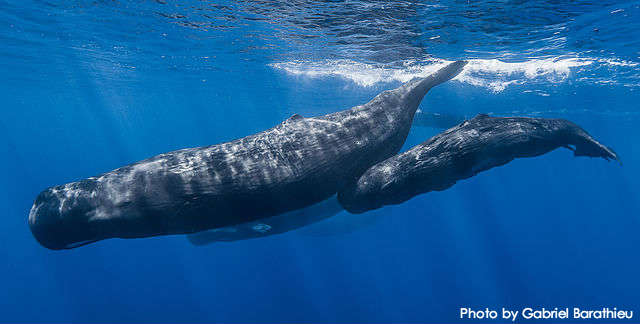For Immediate Releas
CONTACT:
Joanna Nasar
Communications Director
Turtle Island Restoration Network
Cell: (415) 488-7711
Joanna@SeaTurtles.Org
Full Page Ad Calls on Senate Leadership to Address California Driftnet Fishery
Senate Bill 1114 would create plan to transition away from deadly fishery
Olema, Calif. (May 22, 2016) – Today, a leading marine conservation organization, Turtle Island Restoration Network, placed a full-page ad in the Orange County Register calling on the legislature to end the California driftnet fishery and transition towards more sustainable fishing methods to catch swordfish. The ad entitled “The Secret Whale And Dolphin Massacre Off Our Coast And What You Can Do To Stop It” is part of growing public pressure to rein in this destructive fishery. A component to solving the problem of driftnets is Senate Bill (SB) 1114 introduced by Senator Ben Allen (D-Santa Monica) and the ad urges Senate leadership to vote in favor of the bill.
This is the first of several ads that will appear in critical districts as the bills winds its way through the Senate and Assembly. This ad follows on the heels of growing public pressure. Earlier this month, more than 30 environmental, ocean, conservation, and activist organizations representing over 1 million members signed on to a joint letter calling on California Senators and Assembly members to support SB 1114. An online petition supporting a transition away from the driftnet fishery is nearing 27,000 signatures. More than 250 scientists have also signed a public letter calling for the phase out of this destructive fishery.
“The driftnet fishery is massacring dolphins and whales right off our coast,” said Todd Steiner, executive director of Turtle Island Restoration Network. “California’s legacy should not be drowned dolphins and whales.”

Currently, the driftnet fishery in California consists of fewer than 20 fishing vessels that target swordfish and shark. The vessels set out nets the size of the Golden Gate Bridge to float overnight and indiscriminately catch whatever swims into their nets.
The California driftnet fishery kills or injures approximately seven times more whales and dolphins than all other observed commercial fisheries in California, Oregon, Washington, and Alaska combined, and 13 times more than any other single observed fishery on the West Coast. In one decade the fishery caught an astounding 885 marine mammals. Eliminating the use of driftnets would instantly reduce the observed U.S. West Coast marine mammal catch by 87 percent.
Furthermore, the cost of operating the fishery is more than the value of its catch.
“California’s Senate leadership can demonstrate their commitment to safeguarding dolphins and whales by supporting Senate Bill 1114,” said Cassie Burdyshaw, policy director of Turtle Island Restoration Network. “We need to transition away from this barbaric fishing method and our sponsored bill provides the roadmap.”
Turtle Island Restoration Network is the sponsor of SB 1114, which lays out a common sense transition plan to phase out driftnets and stop the slaughter of marine wildlife. The bill would transition driftnets to a new, more environmentally responsible fishing method using deep-set buoy gear.
SB 1114 passed through the Senate Committee on Natural Resources and Water, and a vote is expected in the Senate Appropriations Committee on May 26th. If passed through, SB1114 will then move to the Senate floor for consideration.
View the ad here: Ad in the Orange County Register
View FOIA images showing the impacts of the fishery on whales, dolphins, sea turtles etc. here: https://seaturtles.org/bycatch-from-the-california-driftnet-fishery/
More information about Senate Bill 1114 can be found here: http://sd26.senate.ca.gov/sites/sd26.senate.ca.gov/files/SB1114.pdf
Read our report on the California driftnet here: https://seaturtles.org/resources/driftnet-overview/?parent=sharks
###
Turtle Island Restoration Network works to mobilize people and communities around the world to protect marine wildlife, the oceans and the inland waterways that sustain them. Join us on Twitter, Facebook and YouTube. SeaTurtles.Org




